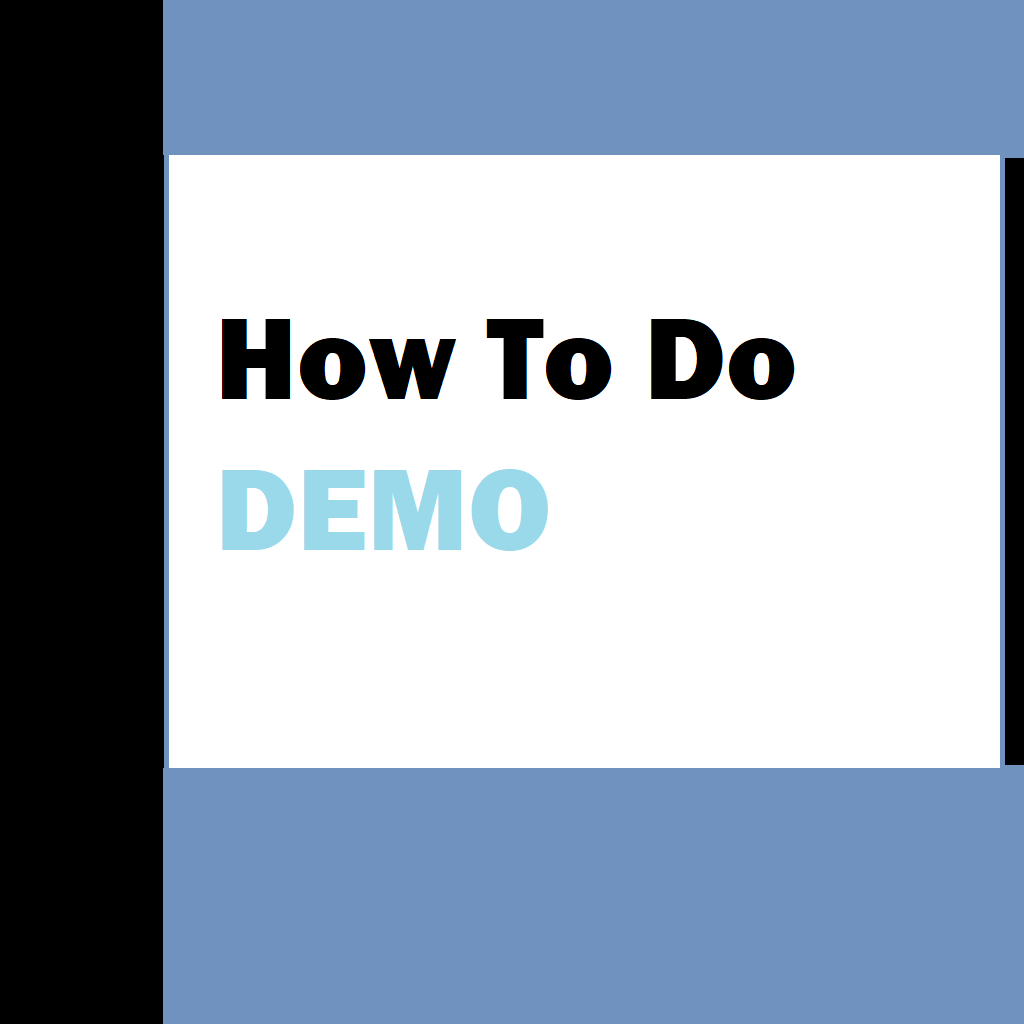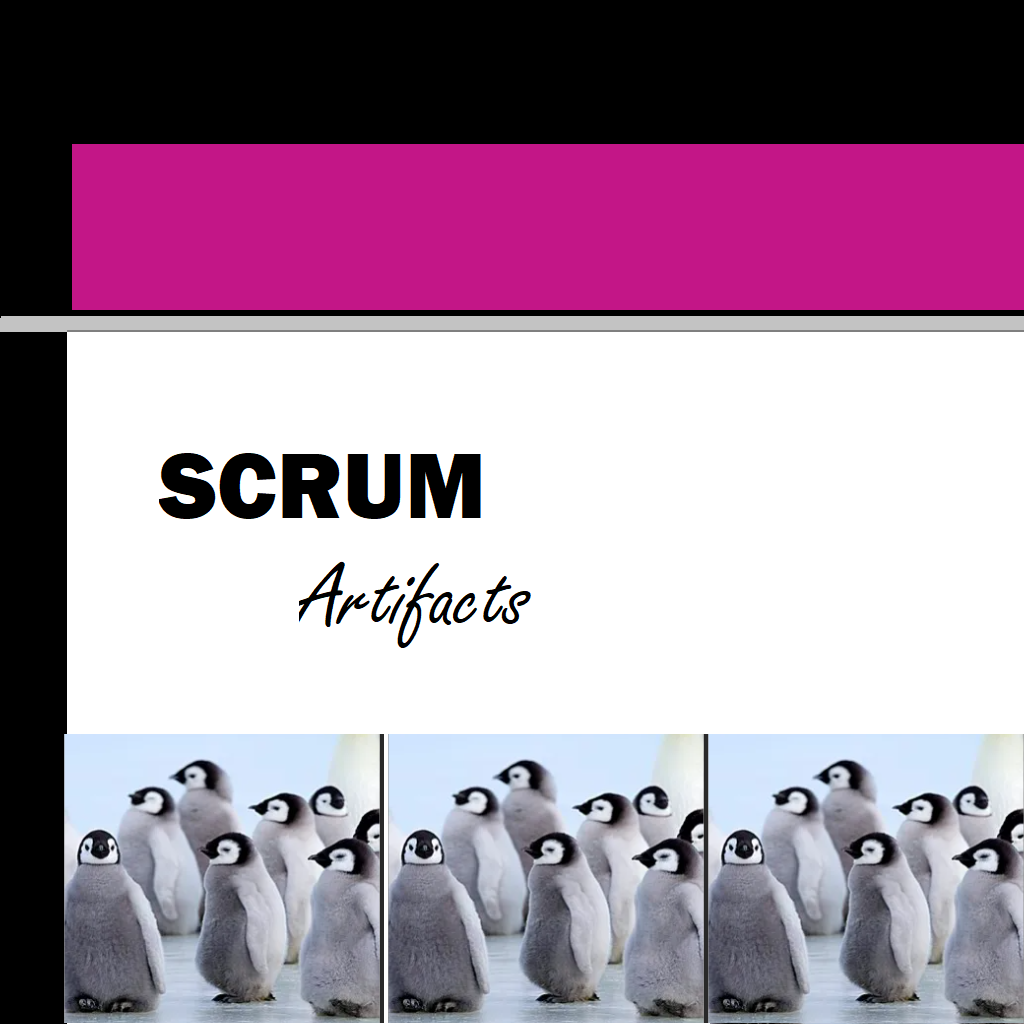Your company wants you to ideate and discuss on certain type of software they want to develop or it could be a project they want to start working on . In this case, how would you go about
For example, here we talk about the project management software
Project management software is a powerful tool that can help teams plan, organize, and track their projects efficiently. Here are some software feature ideas for project management:
1. Task Management:
– Ability to create, assign, and prioritize tasks.
– Task dependencies and subtasks.
– Task progress tracking and status updates.
– Deadline and milestone management.
– Task assignment notifications.
2. Collaboration and Communication:
– Real-time chat or messaging system for team collaboration.
– Discussion boards or comment sections for tasks or projects.
– File sharing and version control.
– Integration with popular communication tools like Slack or Microsoft Teams.
3. Project Planning and Scheduling:
– Gantt charts or timeline views for project planning and visualization.
– Resource allocation and workload management.
– Capacity planning to ensure the team is not overloaded.
– Project templates and cloning for repetitive projects.
4. Reporting and Analytics:
– Generate and share project progress reports.
– Track and visualize project metrics and KPIs.
– Resource utilization and time tracking.
– Budget and cost management.
5. Integration and Automation:
– Integration with popular project management methodologies like Agile or Kanban.
– Integration with third-party apps and tools such as calendars, time tracking, or bug tracking systems.
– Automate repetitive tasks and workflows.
– Customizable notifications and reminders.
6. Mobile Accessibility:
– Mobile app for on-the-go access and updates.
– Push notifications for task updates or deadlines.
– Mobile-friendly interface for easy navigation and usability.
7. Security and Permissions:
– User roles and permissions management.
– Data encryption and secure access.
– Audit logs and activity tracking.
8. Customization and Personalization:
– Customizable project views and layouts.
– Personalized dashboards and widgets.
– Custom fields and tags for projects and tasks.
Remember, these are just some ideas to get you started. You can prioritize and tailor these features based on your specific requirements and target audience.
Ideation on API framework
Here are some ideas for an API framework
1. Routing and Endpoint Management:
– A flexible routing system that allows developers to define endpoints and their associated handlers.
– Support for various HTTP methods (GET, POST, PUT, DELETE, etc.) and route parameters.
– Automatic URL generation and route naming conventions.
2. Request and Response Handling:
– Middleware support for request and response processing.
– Request parsing and validation.
– Response formatting and serialization (support for JSON, XML, etc.).
– Error handling and response status code management.
3. Authentication and Authorization:
– Built-in authentication mechanisms (token-based, OAuth, etc.).
– Role-based access control and permission management.
– Integration with popular authentication providers (Google, Facebook, etc.).
– Support for API rate limiting and throttling.
4. Input Validation and Data Transformation:
– Input validation for request payloads.
– Data transformation and serialization/deserialization.
– Support for data validation rules and custom validators.
– Handling of data serialization formats (e.g., JSON schema validation).
5. Documentation and API Exploration:
– Automatic API documentation generation (Swagger/OpenAPI, API Blueprint, etc.).
– Interactive API exploration and testing interface (e.g., Swagger UI, Postman).
– Support for versioning and maintaining backward compatibility.
– Code annotations or decorators for documenting endpoints and parameters.
6. Caching and Performance Optimization:
– Caching of API responses to improve performance.
– Support for different caching strategies (in-memory, Redis, etc.).
– Cache invalidation mechanisms for timely data updates.
– Performance monitoring and profiling tools.
7. Logging and Monitoring:
– Logging of API requests, responses, and errors.
– Integration with logging frameworks (e.g., Log4j, Winston).
– Support for distributed tracing and request correlation.
– Metrics collection and API usage monitoring.
8. Integration and Extensibility:
– Integration with popular frameworks and libraries.
– Support for plugins and extensions.
– Customizable request/response filters and interceptors.
– Webhook support for event-driven architectures.
9. Testing and Debugging:
– Unit testing and mocking frameworks.
– Debugging tools and error tracking.
– Test coverage reporting.
– Request/response capturing and replay for debugging.
10. Security and Compliance:
– Input validation and sanitization to prevent security vulnerabilities.
– Protection against common security threats (SQL injection, cross-site scripting, etc.).
– Compliance with security standards (OWASP, PCI-DSS, etc.).
– Support for encryption and secure transmission (HTTPS).
Remember, an API framework should be designed to be flexible, scalable, and developer-friendly. These ideas can serve as a starting point, and you can prioritize and expand upon them based on the specific needs of your API framework project.
Multi-tenancy framework –
Multi tenancy is the need of the hour if not to save money then to save resources (at-least sometimes). Here are some ideas for a multi-tenant architecture:
1. Tenant Isolation:
– Logical and physical separation of tenant data.
– Isolation of tenant resources, such as databases, file storage, and computing resources.
– Implementing secure boundaries between tenants to prevent data leakage.
2. Authentication and Authorization:
– Centralized authentication and authorization mechanisms for tenants.
– Support for different authentication methods (username/password, OAuth, SAML, etc.).
– Fine-grained access control to ensure tenants can only access their own data.
3. Tenant Onboarding and Management:
– Self-service registration and onboarding for new tenants.
– Provisioning and configuration of tenant resources.
– Tenant lifecycle management (activation, deactivation, deletion).
4. Scalability and Performance:
– Horizontal scalability to handle increasing numbers of tenants.
– Efficient resource allocation to ensure fair usage among tenants.
– Load balancing and caching mechanisms to optimize performance.
5. Data Storage and Management:
– Database per tenant or schema per tenant approach.
– Efficient data partitioning and indexing for tenant data.
– Backup and recovery mechanisms for individual tenant data.
– Support for data encryption and data privacy compliance.
6. Customization and Personalization:
– Tenant-specific configurations and settings.
– Customizable user interfaces and branding options for tenants.
– Support for tenant-specific business rules and workflows.
7. Tenant Reporting and Analytics:
– Aggregated reporting and analytics across all tenants.
– Tenant-specific reporting and analytics for individual tenant insights.
– Data segmentation and filtering based on tenant criteria.
8. Monitoring and Troubleshooting:
– Centralized monitoring of tenant performance and health.
– Alerts and notifications for tenant-specific issues.
– Isolation of errors and troubleshooting to specific tenants.
9. Tenant Communication and Collaboration:
– Tenant-specific communication channels (messaging, notifications, etc.).
– Collaboration features for tenants to interact and share information.
– Access controls for collaboration to ensure data privacy.
10. Compliance and Security:
– Secure storage and transmission of tenant data.
– Compliance with industry standards and regulations (GDPR, HIPAA, etc.).
– Regular security audits and vulnerability assessments.
– Tenant data backup and disaster recovery plans.
Therefore it’s safe to say that a multi-tenant architecture should be designed with scalability, security, and performance in mind. These ideas can serve as a starting point, and you can further tailor and prioritize them based on your specific application and requirements. Here are different versions of multi-tenant architecture to help you understand the concepts. Here are a few common architectural patterns for multi-tenant systems:
- Separate Databases per Tenant:
- Each tenant has its own dedicated database, completely isolated from other tenants.
- The database can be hosted on separate servers or on the same server with logical separation.
- This approach provides strong data isolation and allows for independent scalability and customization.
- Shared Database with Tenant Identifier:
- All tenant data is stored in a single shared database.
- Each table includes a column or field that indicates the tenant to which the data belongs.
- Access control mechanisms ensure that tenants can only access their own data.
- This approach simplifies management and reduces infrastructure costs, but may require additional efforts for data segmentation and performance optimization.
- Shared Schema per Tenant:
- Each tenant has its own schema within a shared database.
- Tenants’ data is segregated by schema, and queries are scoped to the appropriate schema.
- This approach provides logical separation and better performance compared to a fully shared database.
- It allows for easier data management and flexibility in terms of schema customization for individual tenants.
- Hybrid Approach:
- Combines elements of separate databases, shared databases, and shared schemas based on specific needs.
- Some data may be stored in separate databases for strong isolation, while other data is stored in a shared database or shared schema.
- This approach offers flexibility to optimize data storage and performance based on the characteristics of different tenant data.
The choice of multi-tenant architecture depends on factors such as the level of data isolation required, scalability needs, customization requirements, and the trade-off between complexity and management overhead. It’s essential to carefully consider these factors before selecting the most suitable architecture for your specific application.
The time required for implementing a particular method of multi-tenancy can vary depending on various factors, including the complexity of the application, the scale of the system, the skill level of the development team, and the chosen technology stack. However, generally speaking, implementing separate databases per tenant tends to require more time compared to other methods.
Separate Databases per Tenant typically involves the following tasks:
1. Database Provisioning: Creating and setting up individual databases for each tenant can be time-consuming, especially when dealing with a large number of tenants.
2. Schema Design and Migration: Designing a database schema that accommodates the requirements of each tenant, including any customization or configuration needs, may require extra effort and time. Additionally, migrating existing tenant data to their respective databases can be a complex task.
3. Data Access and Security: Implementing robust mechanisms for ensuring data isolation and secure access for each tenant requires careful planning and development. This includes tenant-specific authentication and authorization, as well as data segregation and access control.
4. Scalability Considerations: Scaling a system with separate databases per tenant may introduce additional challenges. Each database needs to be managed and scaled individually, which can add complexity to the overall system architecture.
On the other hand, shared database or shared schema approaches may require less initial time investment as they involve managing a single database or schema for all tenants. However, they may require more effort in terms of data segmentation, access control, and performance optimization as the number of tenants and data grows.
Ultimately, the time required for implementing multi-tenancy depends on the specific requirements of your application and the trade-offs you are willing to make in terms of data isolation, customization, and scalability. It’s essential to carefully evaluate your needs and consider the long-term implications before choosing the most appropriate method of multi-tenancy for your project.






Its like you learn my mind! You appear to understand so much approximately this, like you wrote the e book in it or something. I feel that you can do with some percent to drive the message home a little bit, however instead of that, this is excellent blog. An excellent read. I will definitely be back.
Excellent beat ! I wish to apprentice while you amend your web site, how could i subscribe for a blog web site? The account aided me a acceptable deal. I had been tiny bit acquainted of this your broadcast provided bright clear idea
Someone essentially help to make seriously posts I would state. This is the very first time I frequented your web page and thus far? I amazed with the research you made to make this particular publish extraordinary. Magnificent job!
you have got a great weblog right here! would you prefer to make some invite posts on my blog?